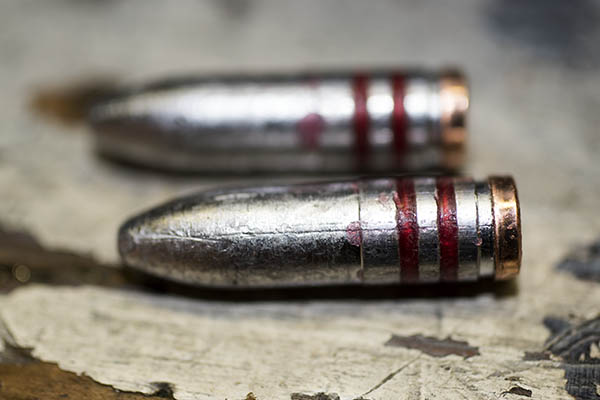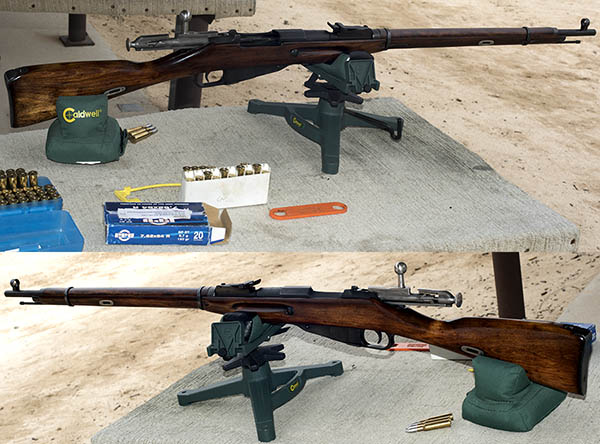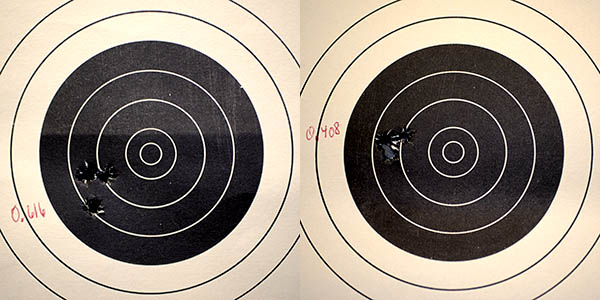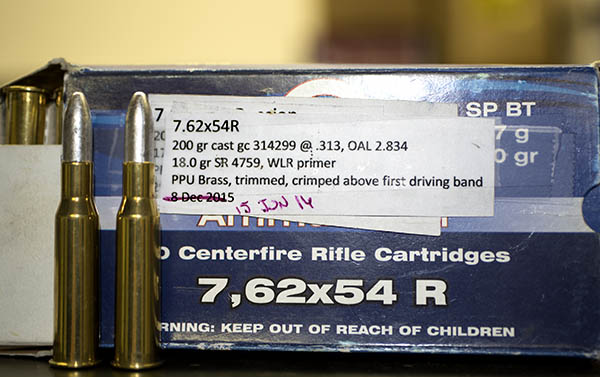
I’m a Mosin-Nagant fan, as you know from reading our prior posts on these fine old Russian warhorses. I’ve got two, one I use with jacketed bullets and one I use exclusively with cast bullets. Today’s blog focuses on reloading and using cast bullets in a Mosin.
So what’s the deal on cast bullets? If you reload, you can use either factory-produced, copper-jacketed bullets, or you can use cast bullets. Cast bullets are cast of lead, lubricated with an appropriate grease, and sometimes fitted with a gas check (a small copper cap on the back of the bullet).

Folks who shoot cast bullets either buy the bullets or they cast them themselves. I used to cast bullets 40 years ago, but I found it easier just to buy them from folks who know what they are doing and avoid the hassles of melting lead, breathing the fumes, etc.
Cast bullets are a lot easier on both the rifle and the shooter. The softer metal (lead versus a copper jacket) is easier on the rifling and the lower velocities reduce recoil. The downsides are that the trajectory is more pronounced due to the lower velocities associated with cast bullets, and generally speaking, cast bullets are not as accurate as jacketed bullets. But that last bit sure isn’t the case here. My cast loads in the Mosin are every bit as accurate as jacketed loads, and the Mosin I use for cast bullets is another one of my all-time favorite rifles. It’s the rifle you see in the first photo of this blog, and in the photos below.


My cast bullet Mosin is just flat amazing. It regularly cloverleafs at 50 yards, and when I do my part, I’ll get groups under 2 inches at 100 yards. Yeah, I know, other folks talk about sub-minute-of-angle shooting at that distance, but we’re talking about iron sights and cast bullets here, folks, and it’s all being done with a rifle manufactured in 1935. And wow, can that 84-year-old puppy shoot…

This kind of accuracy doesn’t just happen and it’s usually not attainable with factory ammunition. This is what you can get when you tailor the load to a particular rifle, and you can only do that if you reload. I developed the load used to shoot the targets you see above trying different propellants and propellant charges, different cartridge cases, and different cast bullets. The secret sauce? It’s this recipe right here…

Good buddy Gresh suggested I do a piece on reloading, and I actually had done that already in the form of a video some time ago. What you’ll see in the video below is the reloading process. When you reload a cartridge, you lube the brass, resize it to its original dimensions, prime it, flare the case mouth (to accept the cast bullet), add the propellant, and seat the bullet. With a little bit of music taken directly from Enemy at the Gates (a movie in which the Mosin-Nagant rifle was the real star), take a look at what’s involved in reloading 7.62x54R ammo with cast bullets…
Shooting cast bullets in a rifle is a lot of fun. A good reference if you want to try loading with cast bullets is the Lyman Cast Bullet Handbook (it’s the one I use). If you never tried reloading you might think about getting into it, and if you’re already reloading, you might think about giving cast bullets a go.
Check out our other Tales of the Gun stories! And, don’t forget to sign up for our automatic email updates. You might win our next quarterly adventure book giveaway!

Awesome video !!! Not being a reloader I found it fascinating to see the process and the apparent simplicity of the process. Thanks for all the great stories you’ve blogged about guns. Reading these stories have kindled my interest in returning to shooting for a hobby.
My pleasure, Gonzo. When you’re ready to head out to the range, come on up my way and I’ll take you to ours. I was just out there a bit earlier today shooting my 1903A1 Springfield and the 1911. Good times.
Mr. Berk, I cast and reload as well. Sometimes fun, sometimes drudgery (1000 5.56 on a single stage?). I have yet to shoot cast through a rifle, but several thousand have gone through various handguns. I usually end my sessions by shooting a dozen or so plated or jacket bullets through the pipe. Seems to make clean up a bit easier.
That’s a great tip, Rick. Thanks!
I am another fan of cast bullets in the M/N rifles. Mine is a Romanian M-44 dated 1954. Throat is a few tenths under .313″, grooves are a “fat” .312″ (+ a couple tenths). I size the Lee #C312-185 to .313″ in 92/6/2 alloy, lube with LSS Carnauba Red, and seat atop 16.0 grains of Alliant 2400. Velocities are in the 1600 FPS ballpark, and accuracy runs almost as good as your rifle’s results.
Good inputs, Allen. Thanks very much for posting.